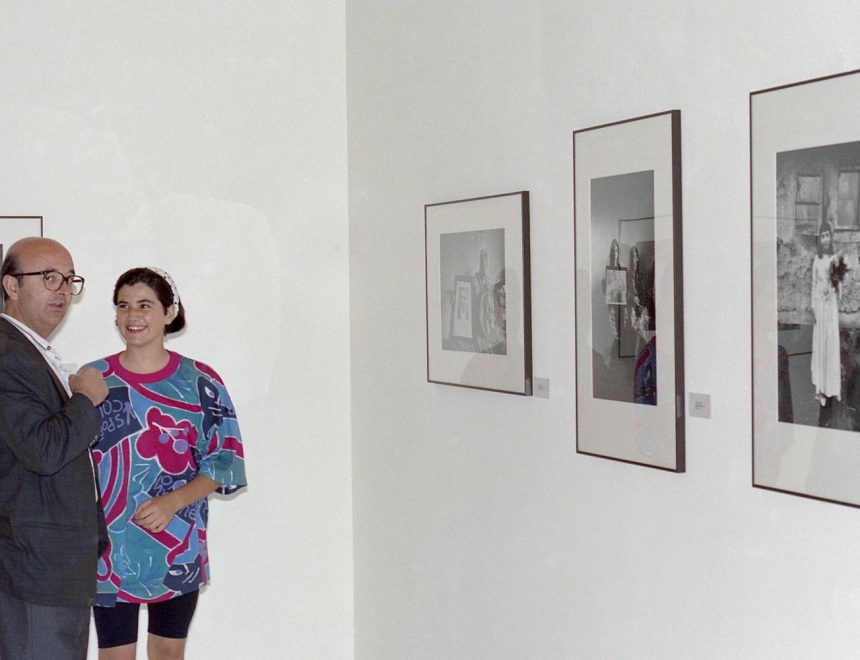Josef Koudelka
Koudelka
The question of whether photography was a social document or fine art began to lose currency in the work of some artists, who continued to insist on documenting their period in history while still exploring the near-infinite aesthetic possibilities of photography. Josef Koudelka (Moravia, Czechoslovakia [currently Czech Republic], 1938) started to photograph the Roma of Eastern Europe in 1961. After a stay in Romania, he arrived in Prague the day before the Prague Spring of 1968, which he photographed extensively although somewhat furtively. The images of clashes between Soviet troops and Czech citizens were taken out of the country in 1969 by his friend and collaborator Anna Fárova, and were distributed by Magnum to the major worldwide media with their authorship concealed to protect Koudelka’s freedom. In 1970, with a three-month visa which allowed him to continue documenting the lives of the Eastern European Roma people, he made the decision not to return to his home country and move to England as a refugee. He remained there until 1980, when he emigrated to Paris and obtained French nationality in 1987.
The themes of exile, nomadism, ineffability and the crudeness of the passage of time can be seen in his work, in compositions that, in spite of precisely capturing the “decisive moment”, give the appearance of being conceptualised beforehand. It is important to remember that this exhibition was made before the fall of the Iron Curtain, the dismembering of the USSR, and the final split between Slovakia and the Czech Republic.



